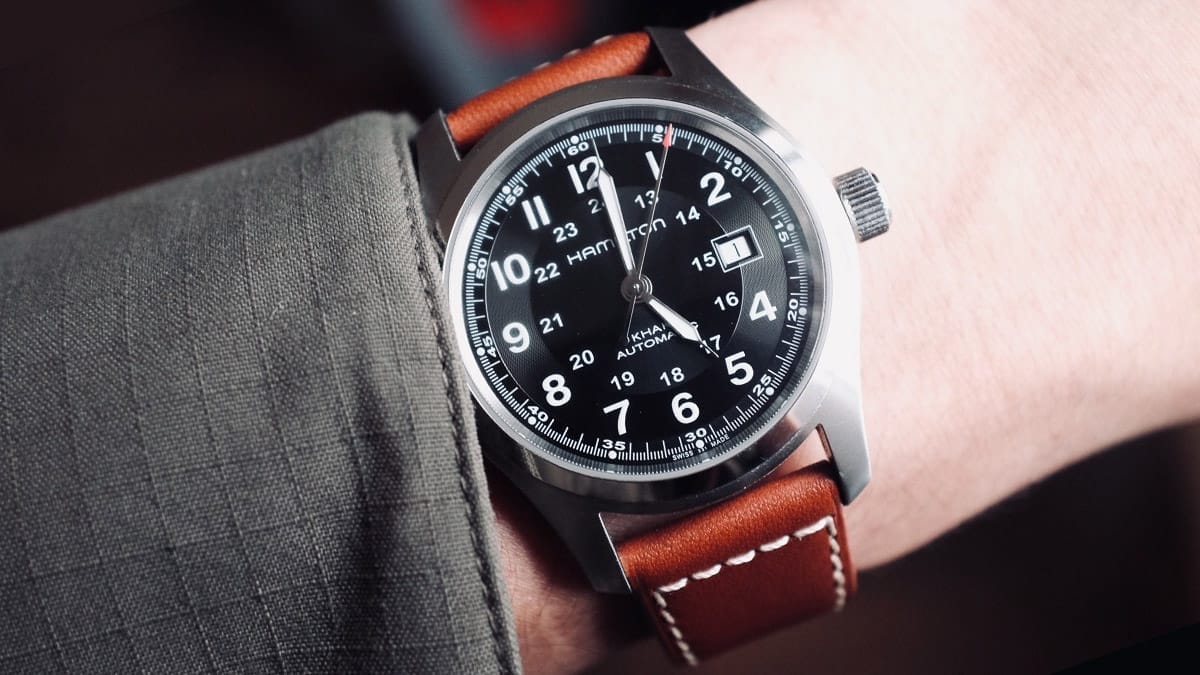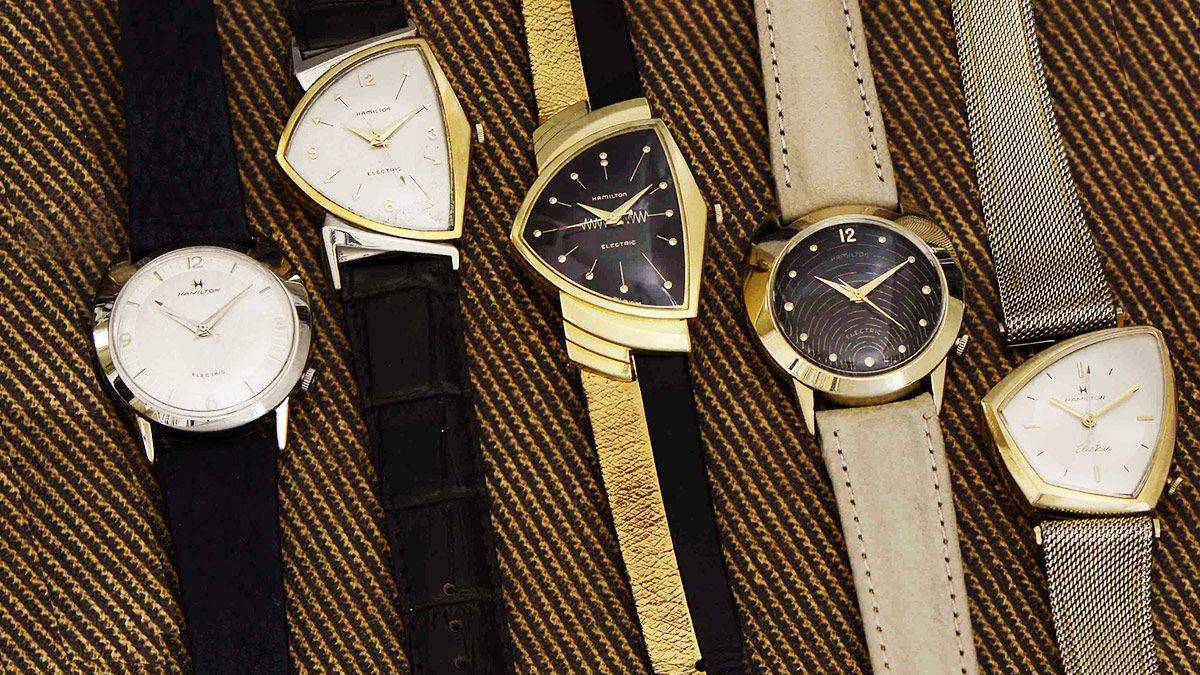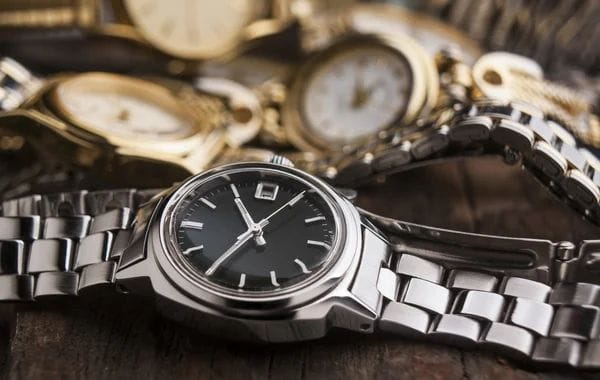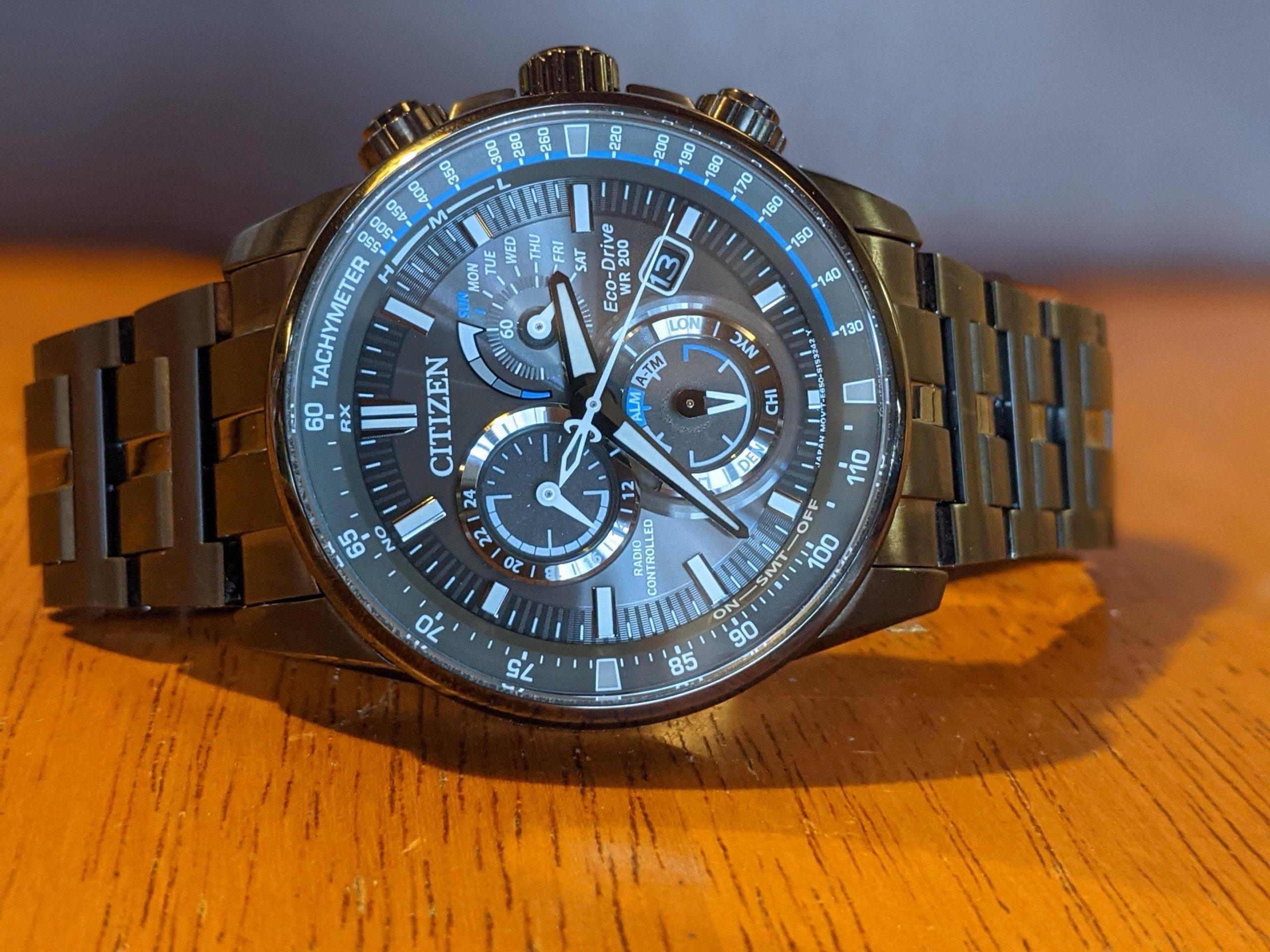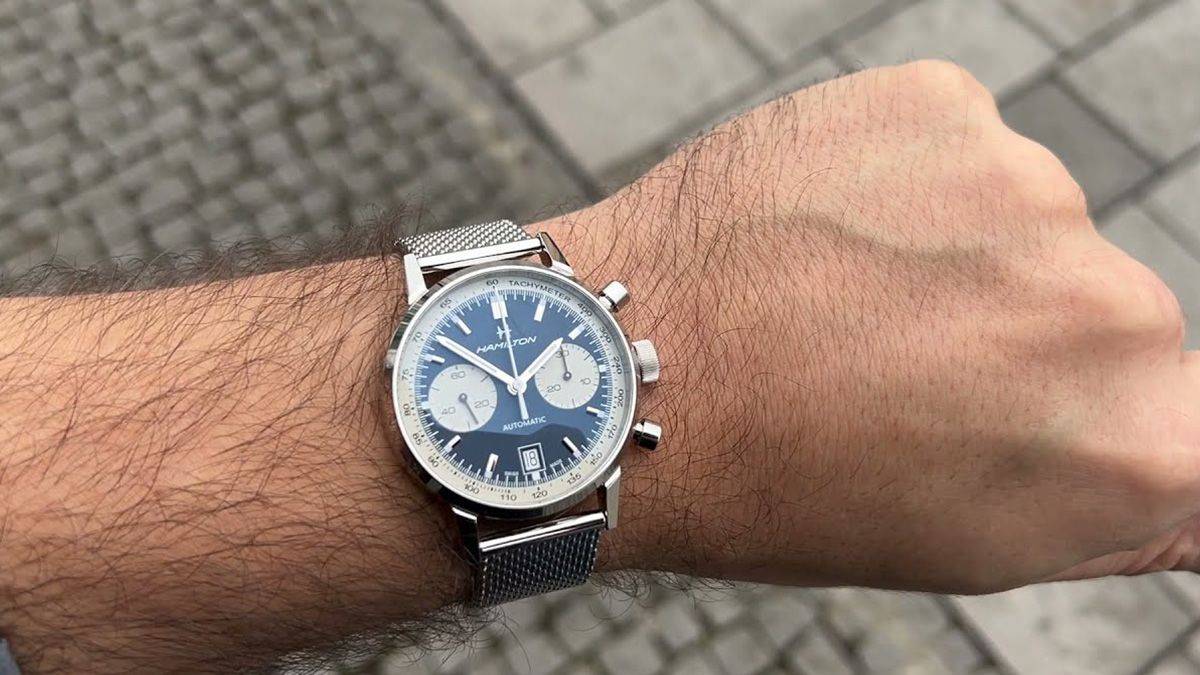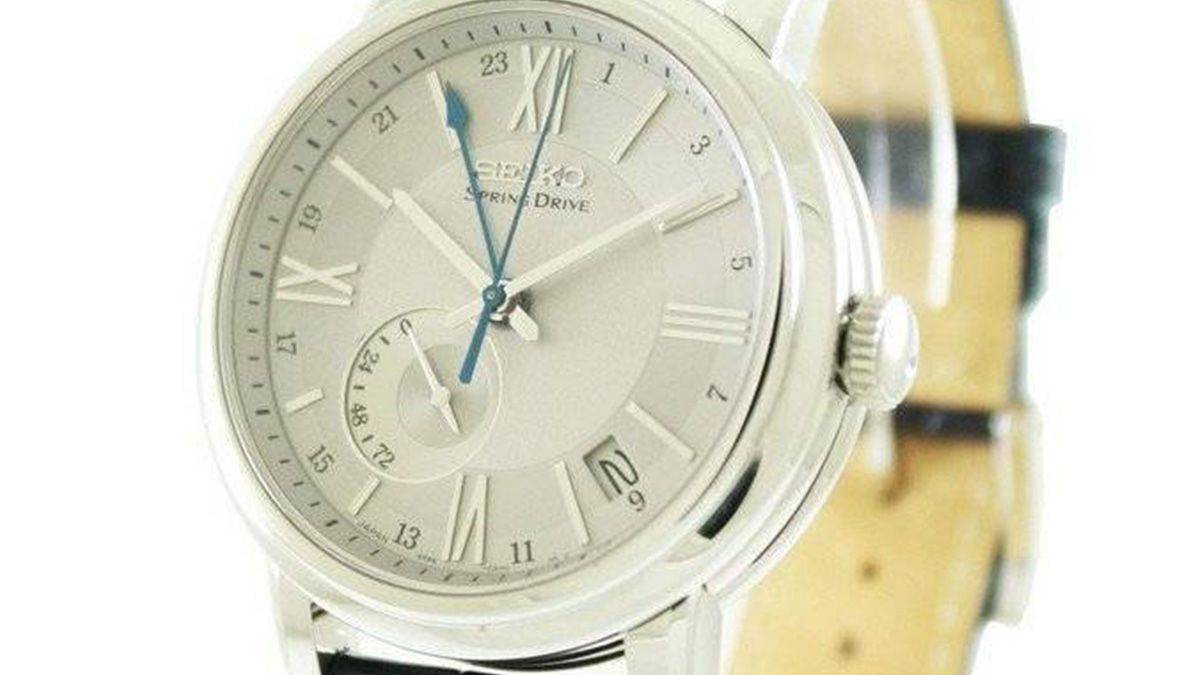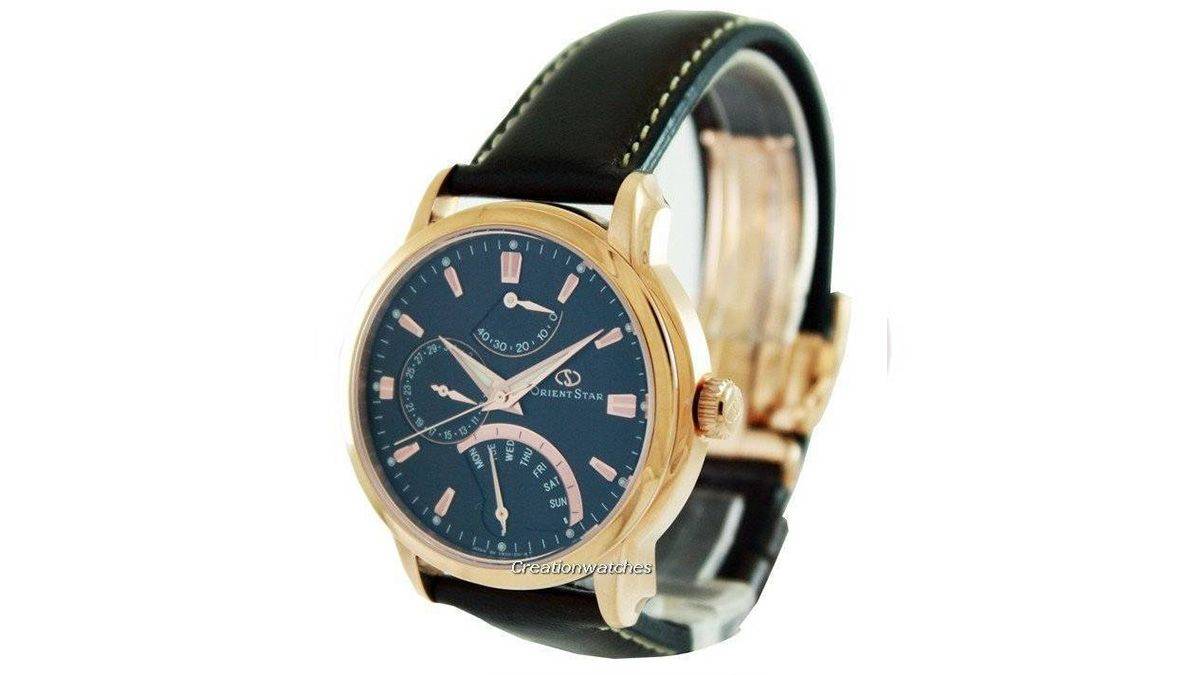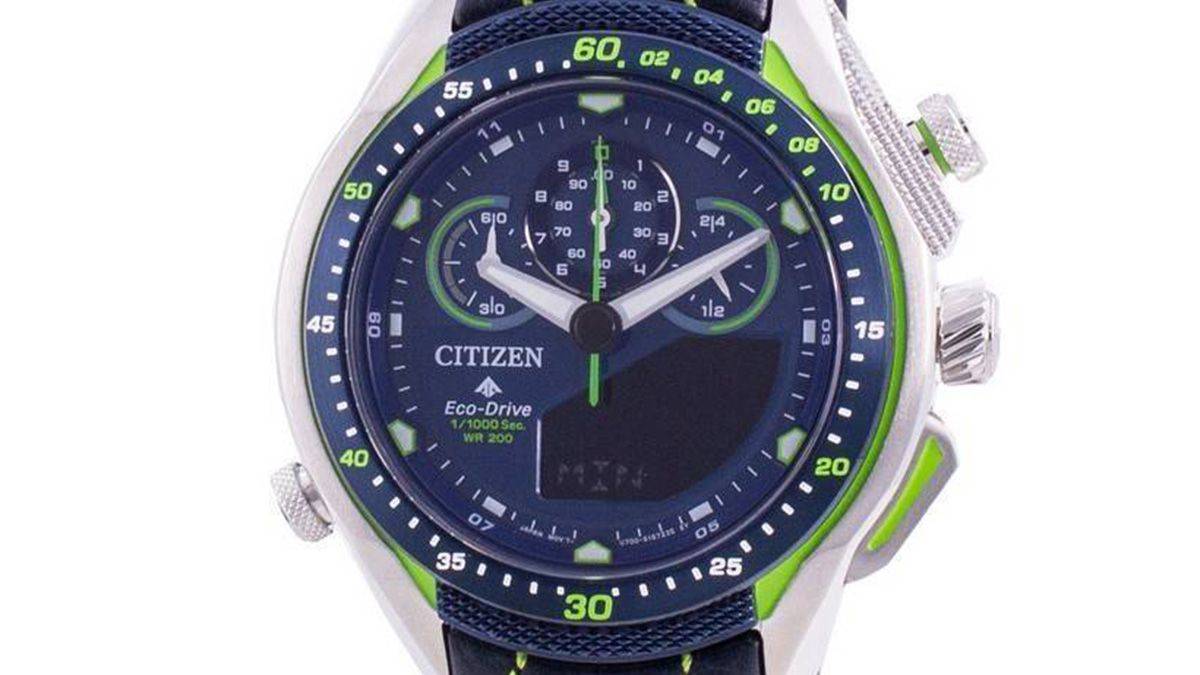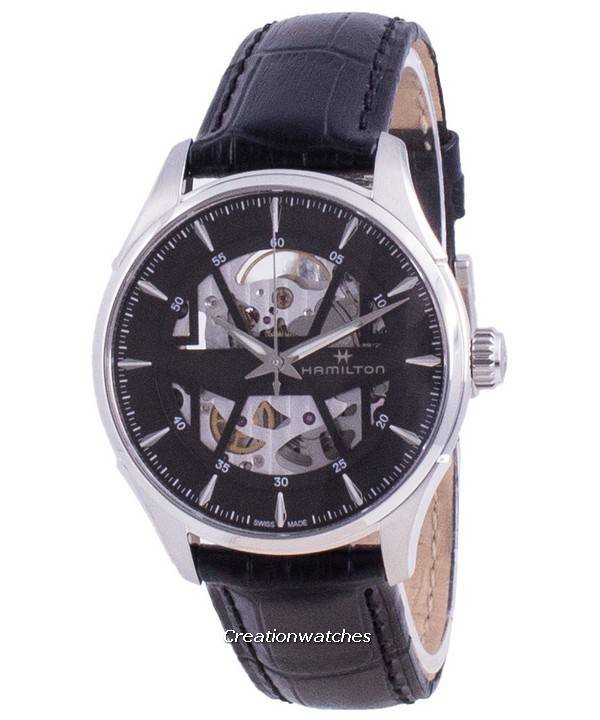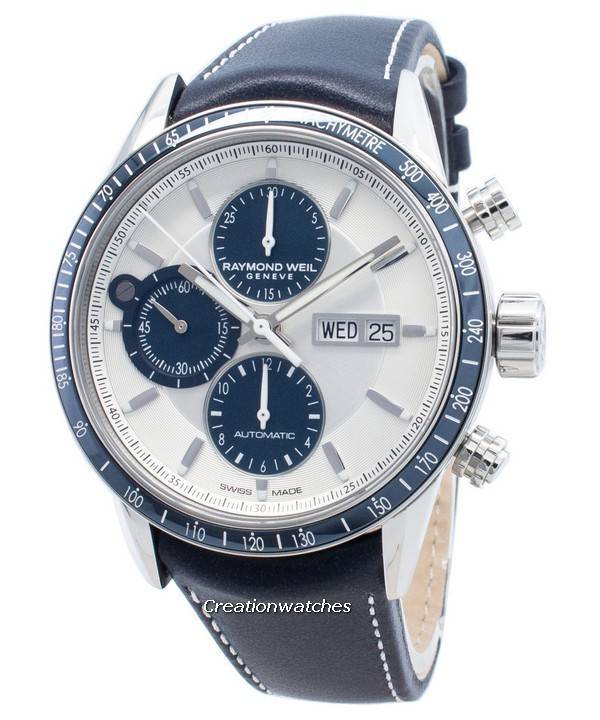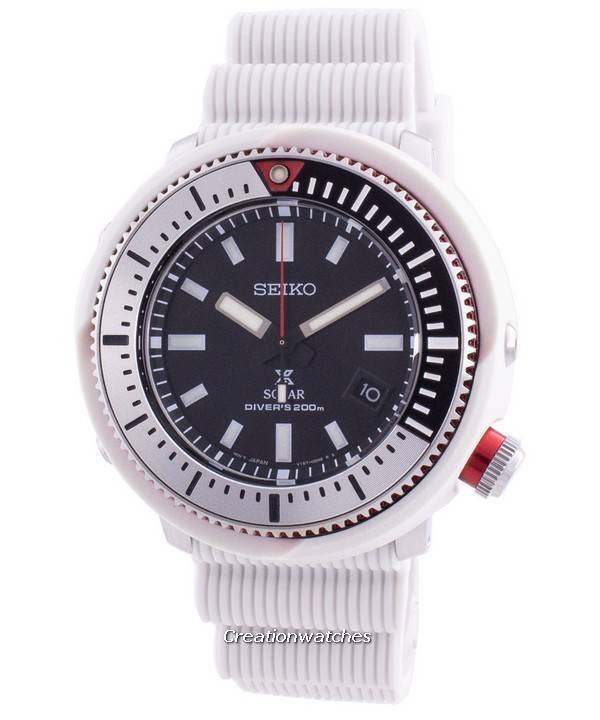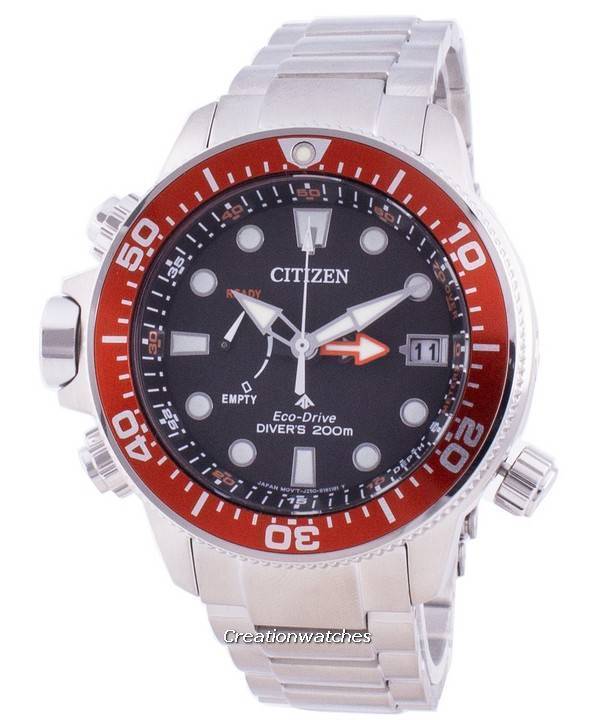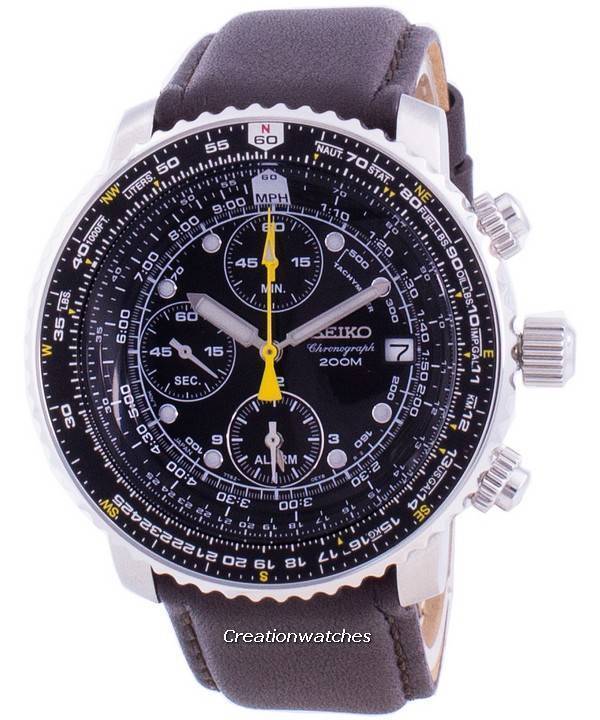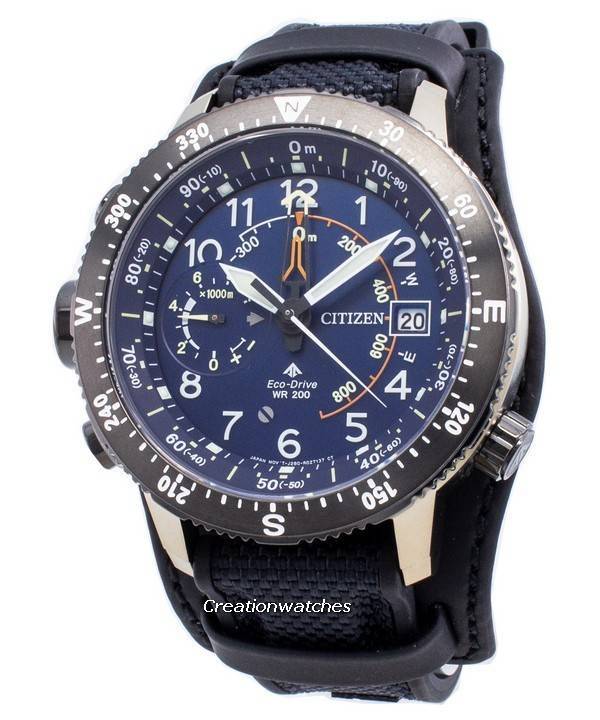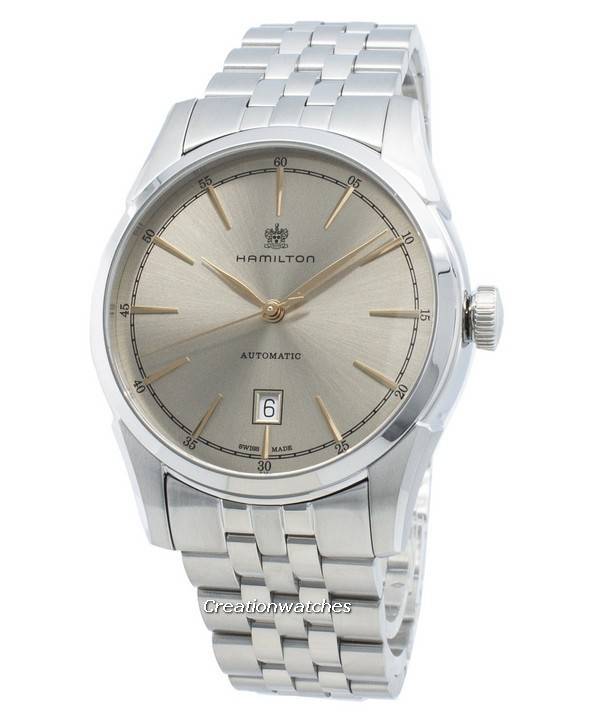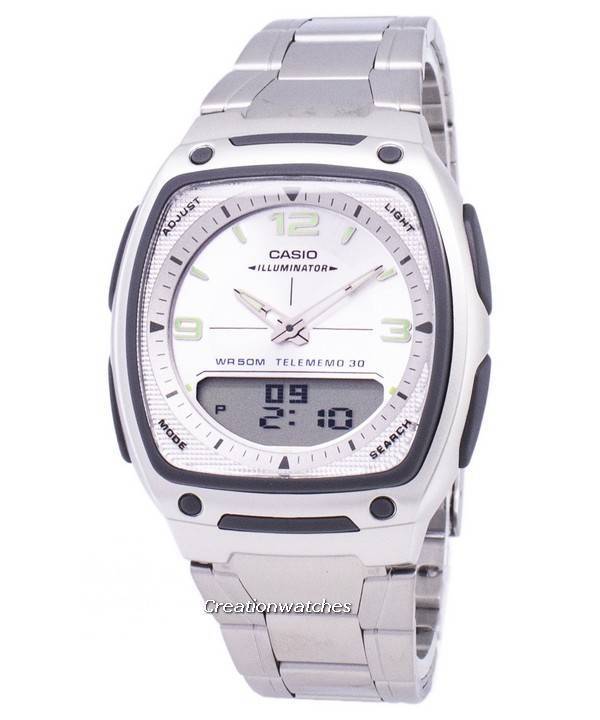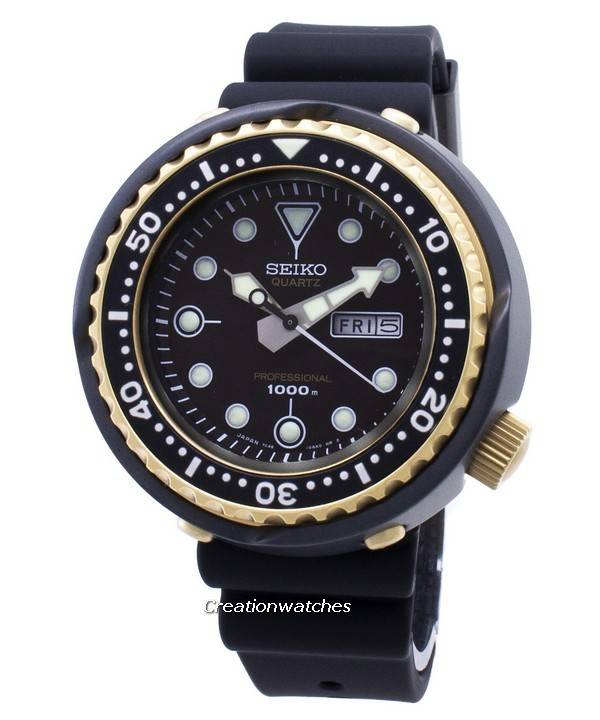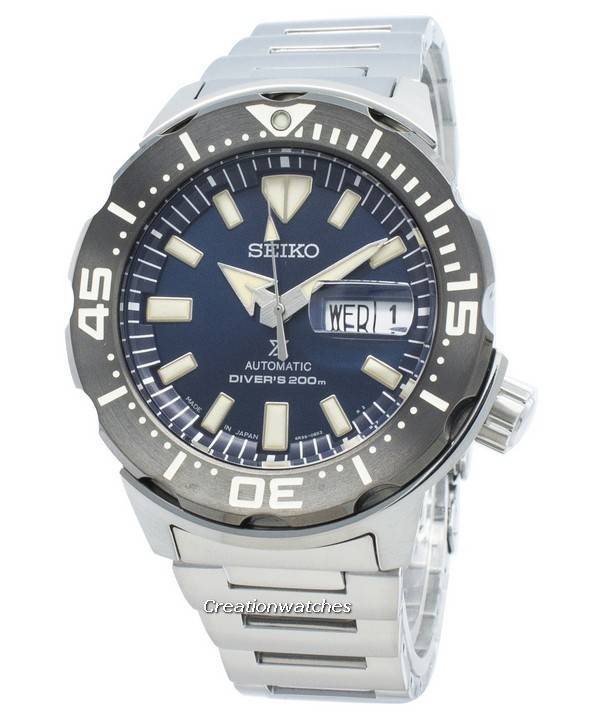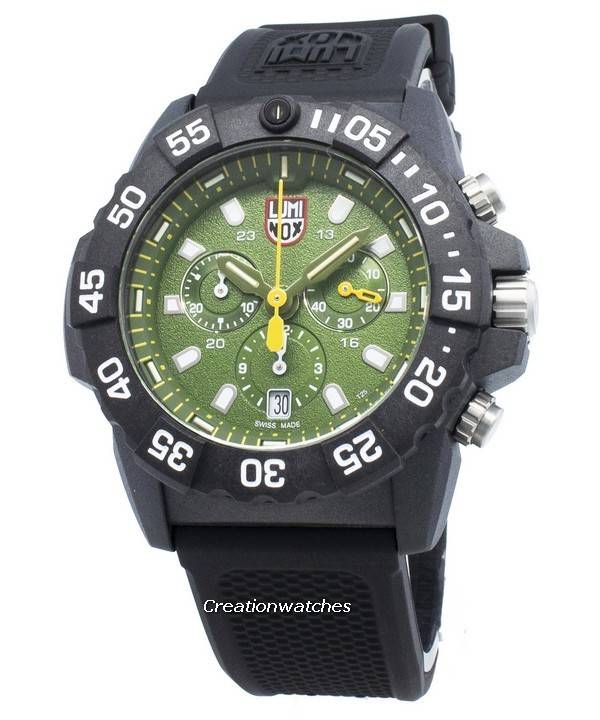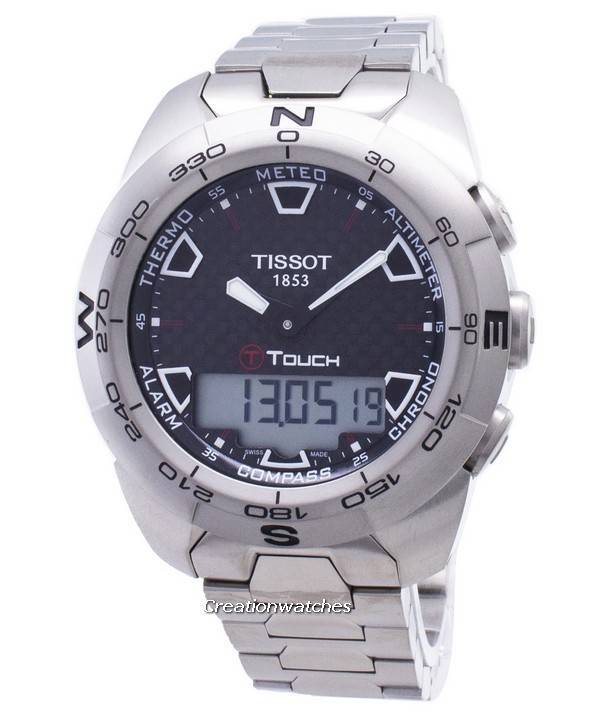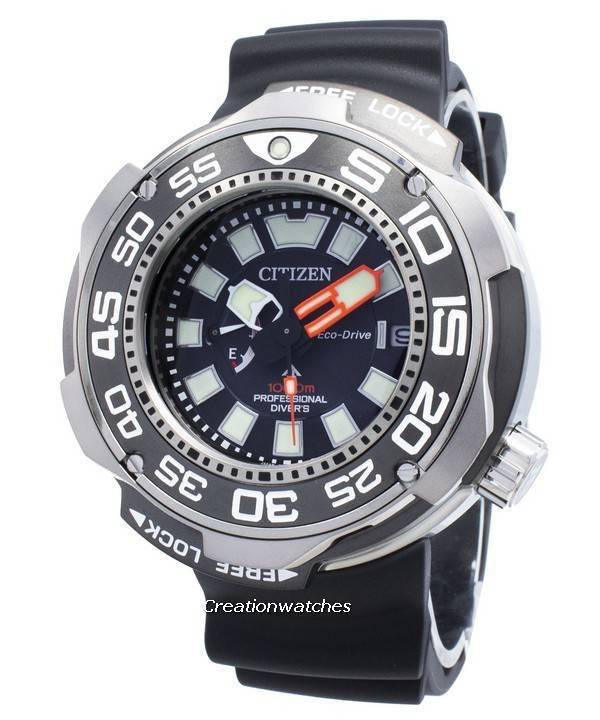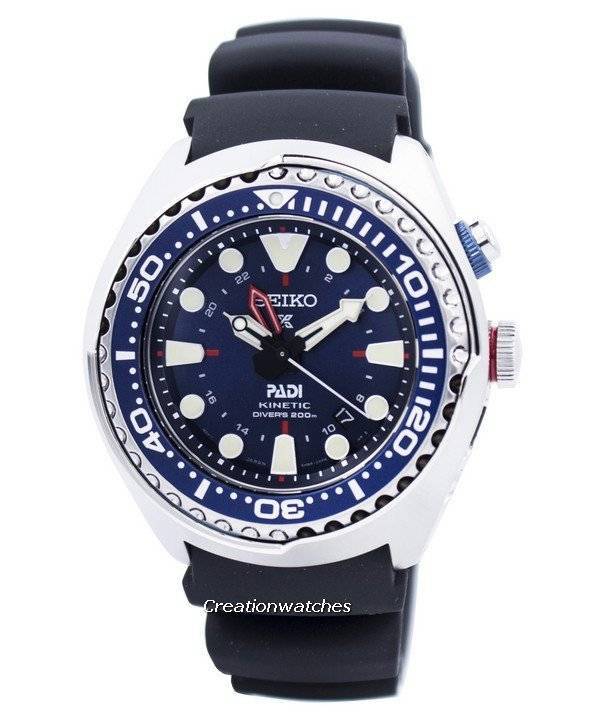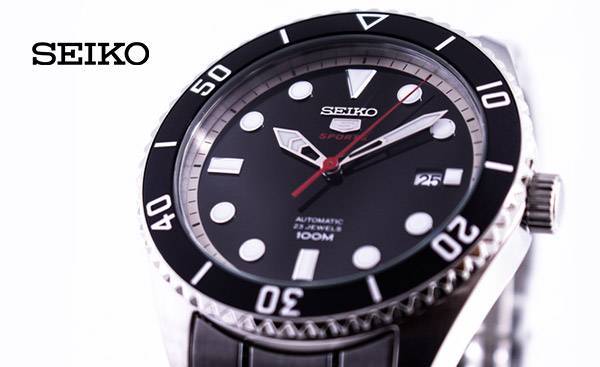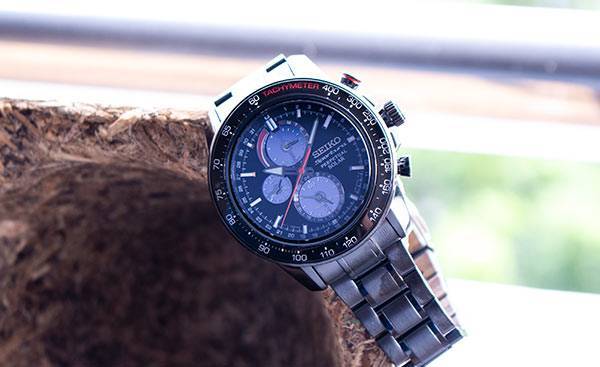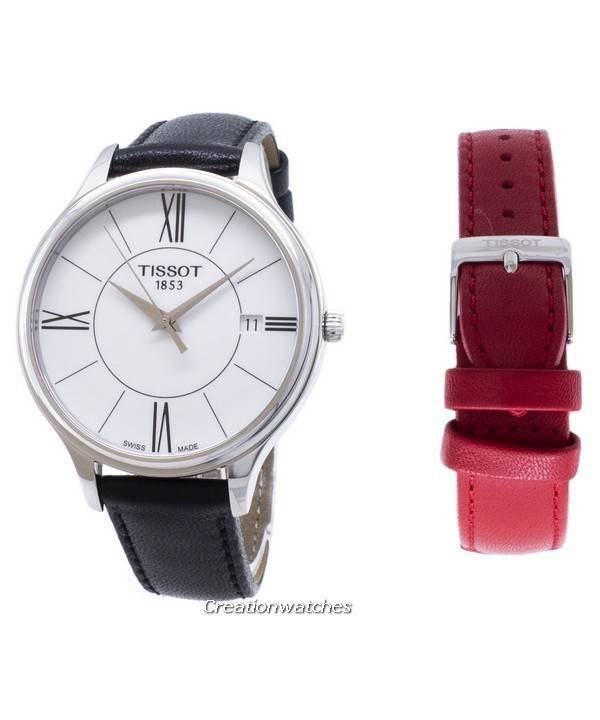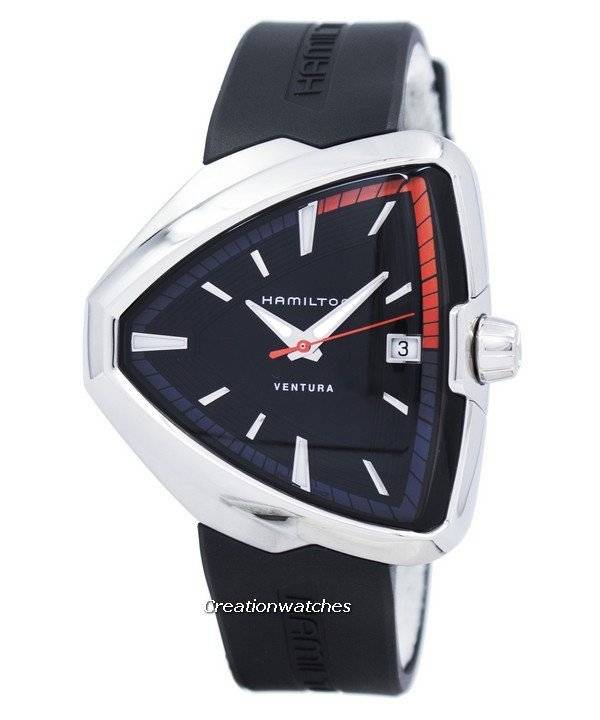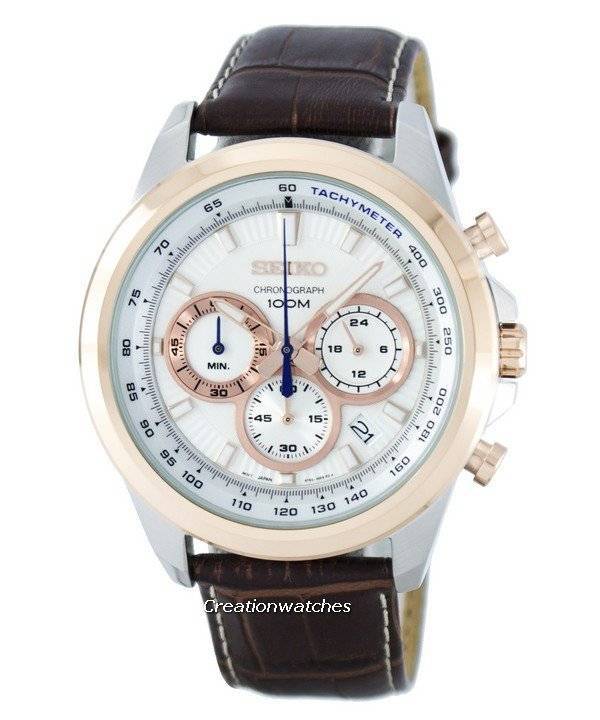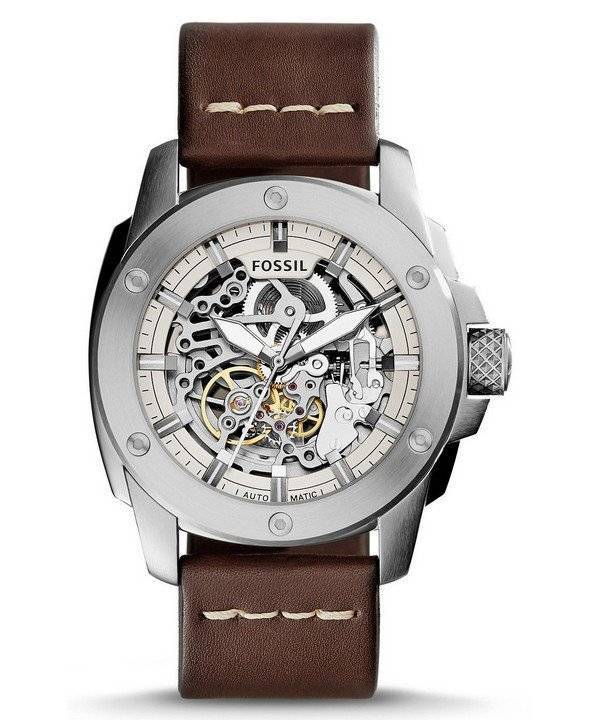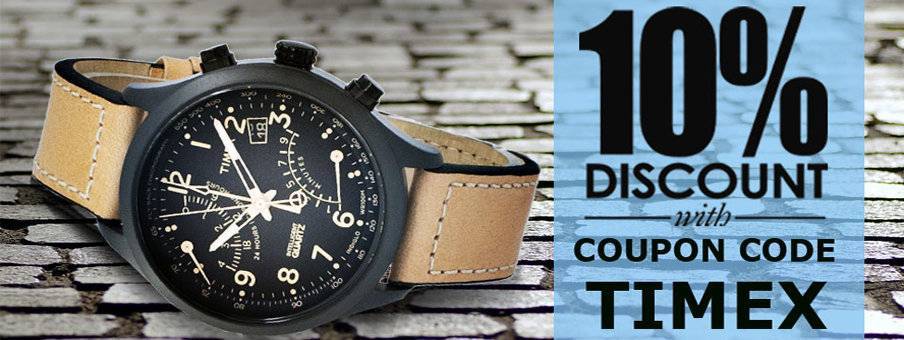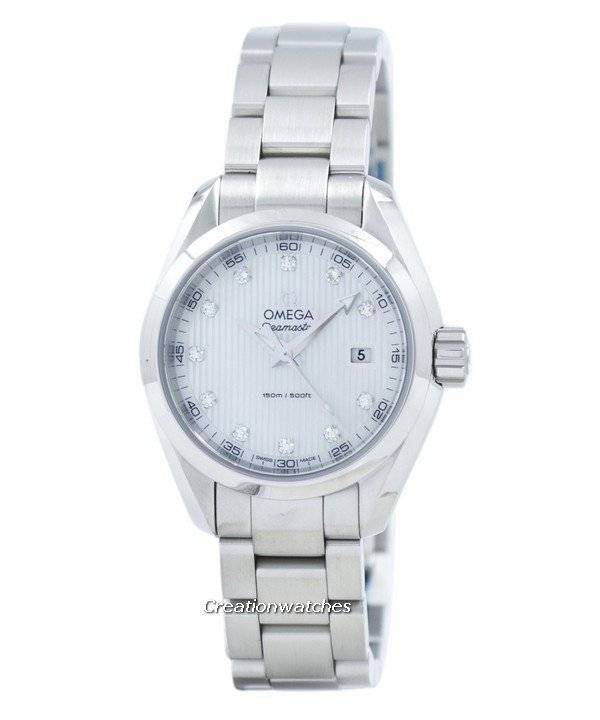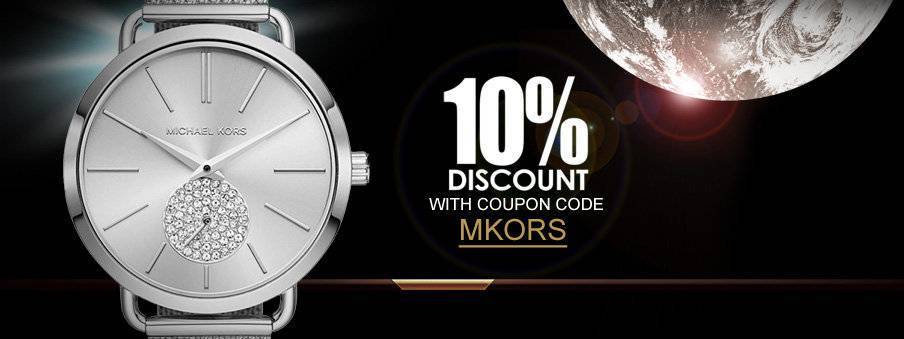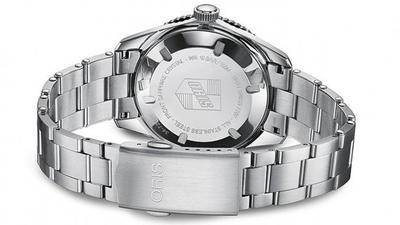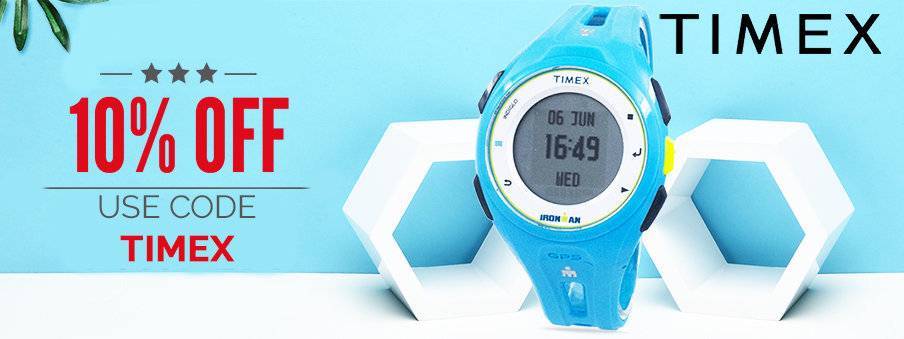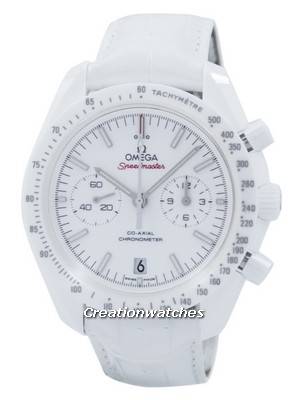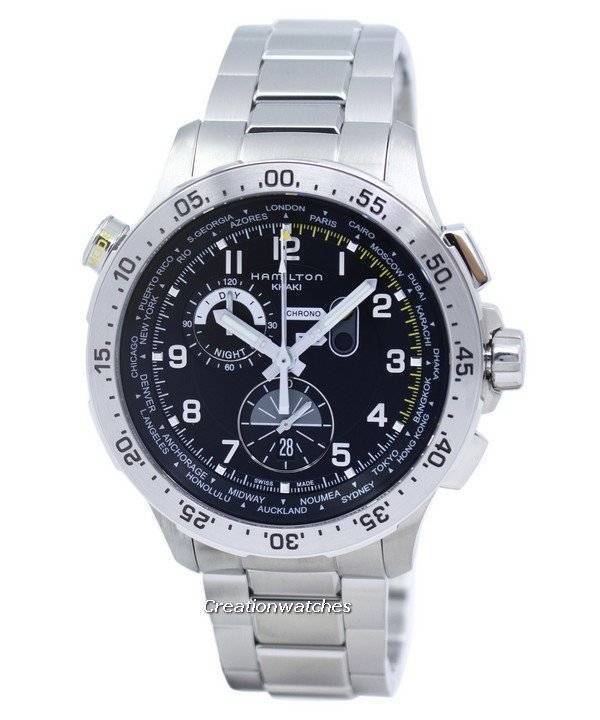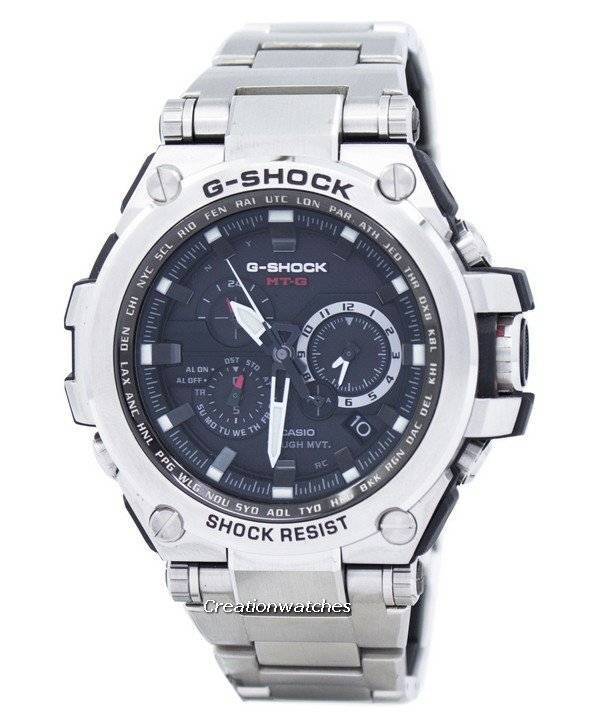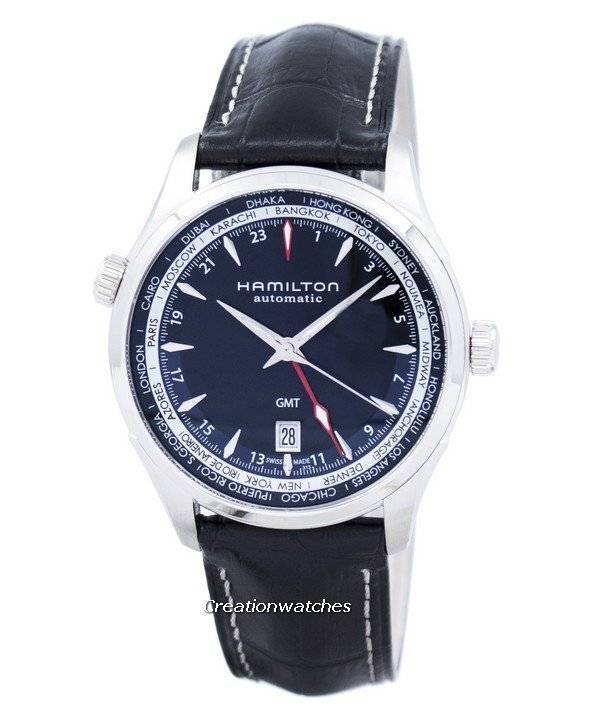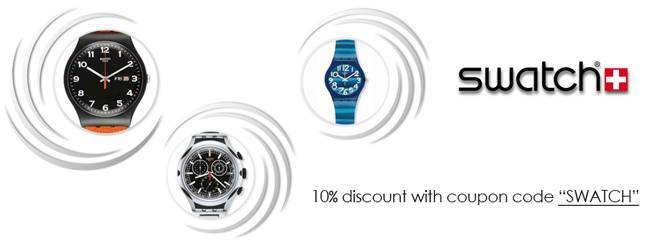Under normal circumstances, Gravity plays a role in everything. A watch gains or lose time at certain positions is a direct effect of gravity playing on the balance wheel. It needs adjustments to compensate and to keep up an overall flawless performance (this has certain specifications); however, certain positions keep things fit and the drifts away. You need a bit of experiment to find out which works out well. You also need to keep note on the time gain/loss for each position to compare and find out what position suits your watch the best.
Start with the ‘dial up/down’ position. Then try crown-down/up/left/right in different combos with the former. Also take note on temperature. It determines expansion and contraction in metals and affects the balance wheel and the hairspring the most. Though modern watches have materials and other means to compensate for these changes, they can do it only to very high degrees, not entirely. However, that is enough a consistent rate. In extreme weather environments, the variations are greater and so are the regulations.
To make sure you don’t have to go through all those hassles, upgrade to some information on accuracy standards.
For a current, non-COSC watch from a reputed brand, the worst case scenario goes to a max of +/-10 seconds a day, which makes it 99.988% accurate. However, most stray between +/-5 seconds, showing 99.994% accuracy. If it is within +/-3 seconds, consider it excellent. That’s 99.996% on the accuracy scale. However, it’s a different story that Grand Seiko and some other Seiko-s exceed COSC standards we will hear elsewhere. For now, just know that passing the GS standards is tougher than COSC and a certified chronometer movement travels to the COSC facility and back to manufacturer before final installation. We won’t know if there was an exposure to adversities post-certification. GS, on the other hand, tests in-house to maintain maximum safety.
But COSC Certified watches, at worst, will give 99.994% accurate time (+6/-4 seconds per day) but normally stay within +/-3 seconds/day. Only some reach the excellent mark, which is 99.998% accuracy at +/- 1 second per day.
Do not apply the above on a fresh watch just off the shelf. They need a break-in period -which is typically a month – to find their beat. This happens as the lubricants distribute evenly across the springs and gears. If it doesn’t keep good timing after 45 days, a competent watchmaker can solve the problem.
It will need regulation. Too fast or too slow watches need the beat rate to be regulated accordingly by turning a screw; however, with aid from an appropriate time-measuring machinery.
Next comes adjusting the balance wheel. The adjustment will compensate gains or losses at different positions. The process is a bit lengthy since observation is a vital part of it.
To keep up with the new modifications, maintenance is must and that’s determining the type and frequency of service. But that’s a different story kept for later.




